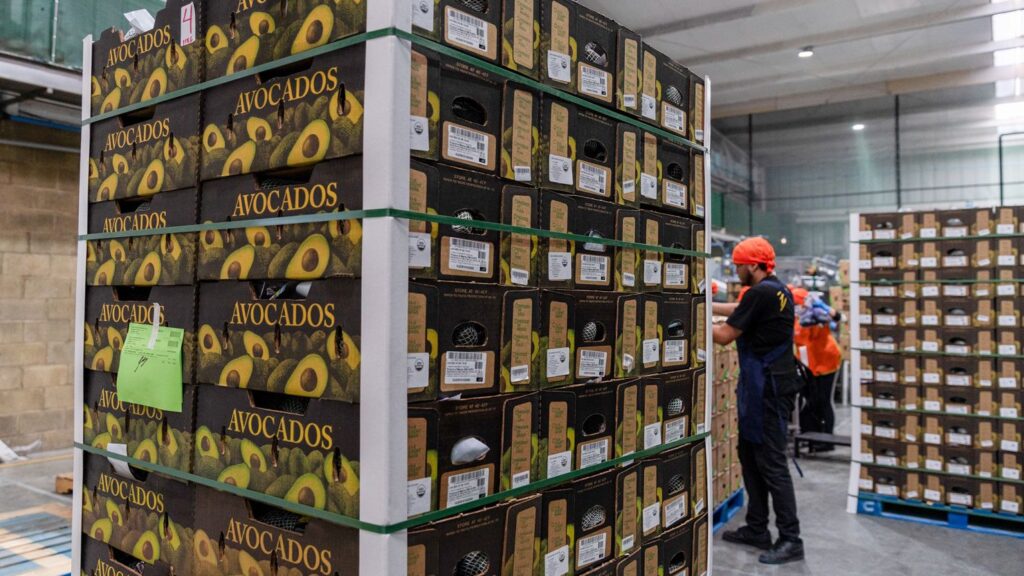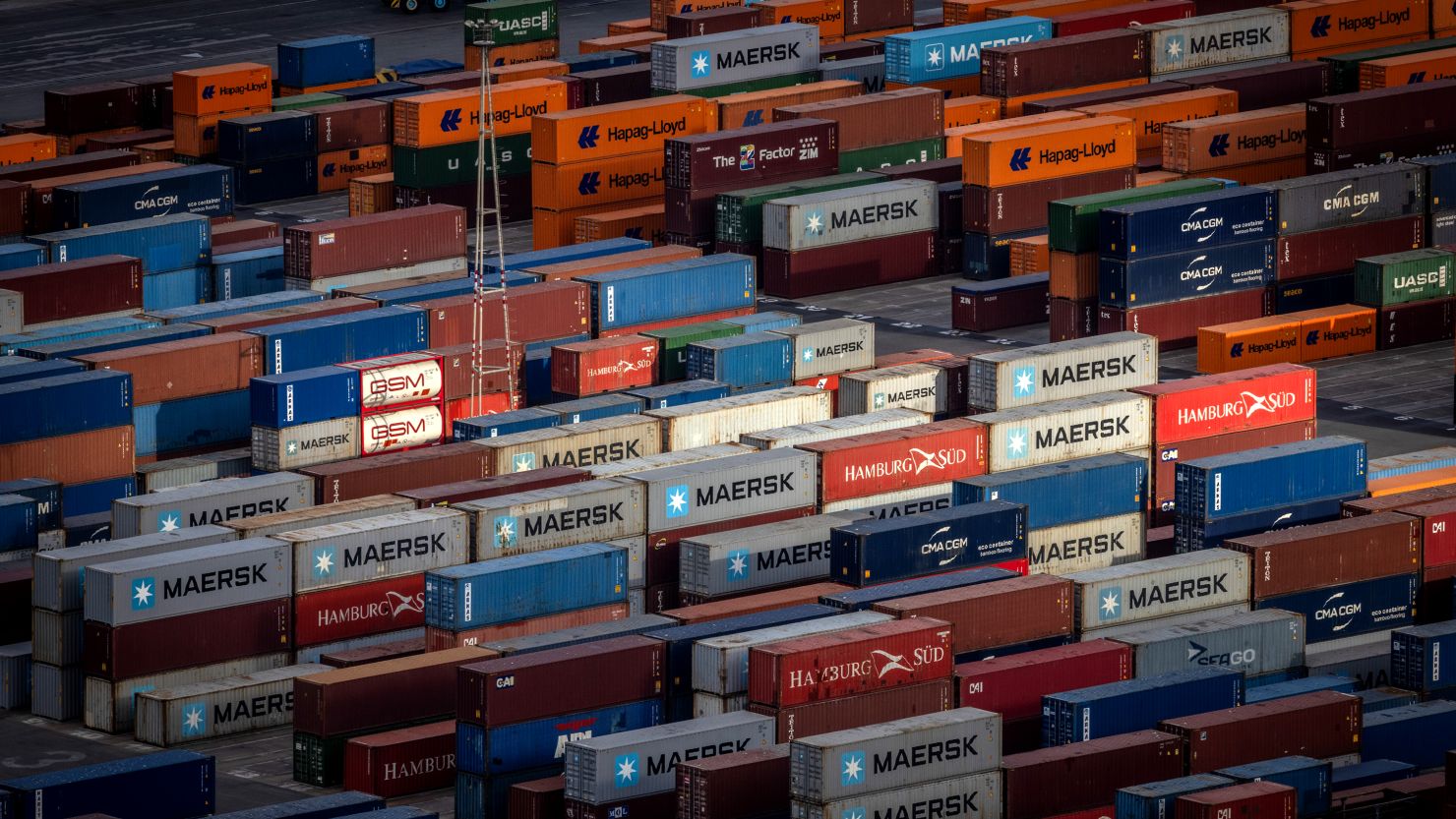President Donald Trump expanded his tariff threats over the weekend, calling for 30% levies on two of America’s largest trading partners: the European Union and Mexico.
Those tariffs are set to take effect August 1, unless either party inks a trade deal or takes other measures that cause the president to reverse course. If that does not happen, Americans could get stuck paying more for an extensive list of goods.
But as is the case with the various tariffs Trump has already imposed — including the nearly universal 10% and the 25% tariffs on goods from Canada and Mexico that don’t already comply with his own free-trade deal known as the United States-Mexico-Canada-Agreement — it can take time for tariffs to translate into higher prices.
For instance, inflation reports from the last three months have shown prices have remained stable despite higher tariffs. The Trump administration maintains that “the cost of tariffs will be borne by foreign exporters who rely on access to the American economy, the world’s biggest and best consumer market,” Kush Desai, a White House spokesperson, said in a statement to CNN.
That’s not exactly the full story, though, given importers pay tariffs up front, and while they may absorb some of the tax themselves, oftentimes they end up having to pass it on to consumers via higher prices.
Continue reading the complete article on the original source



